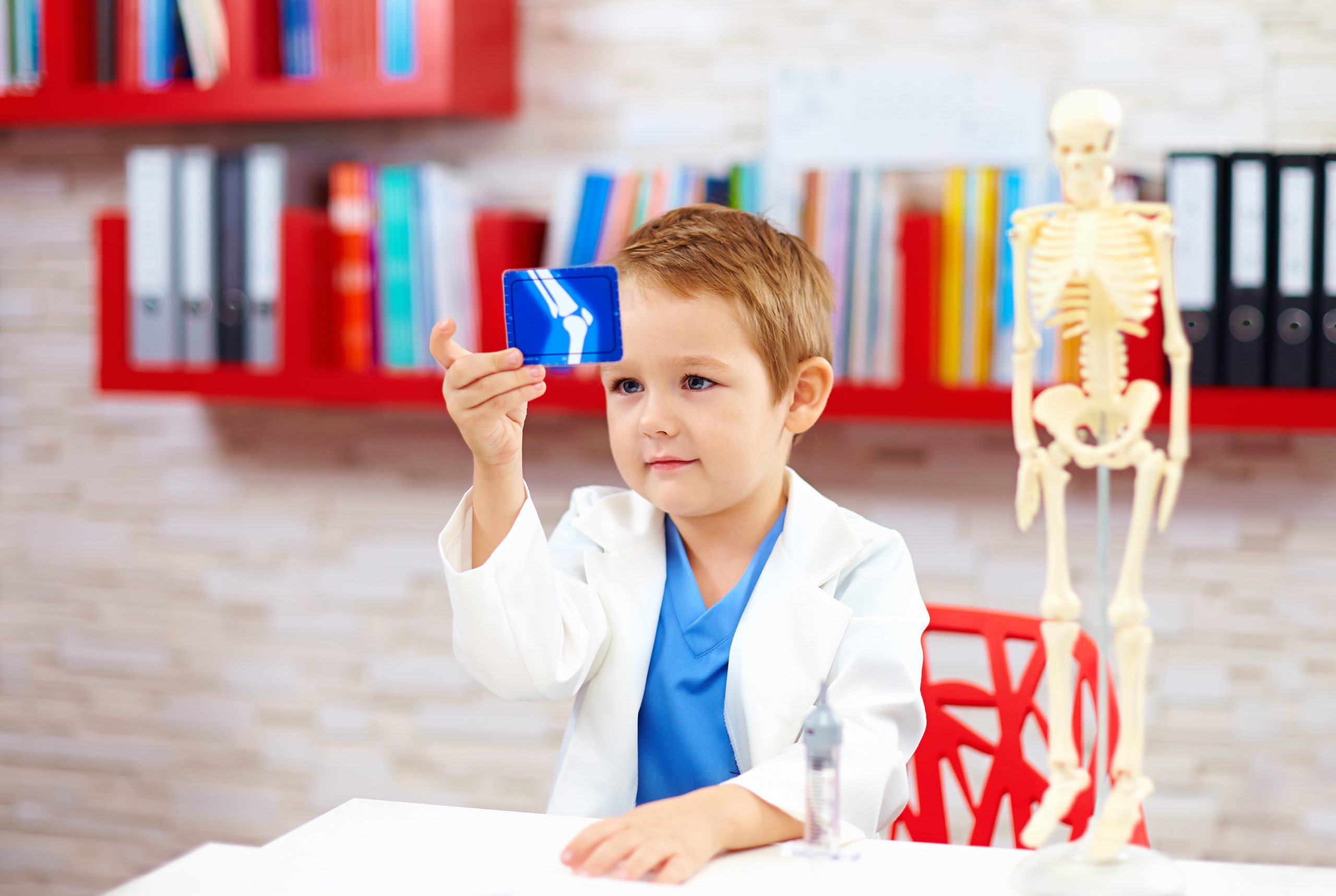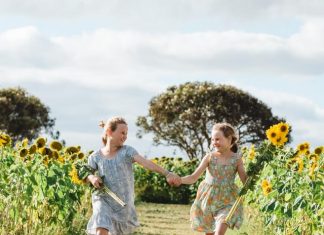The development of healthy bones is so important.
But what can you do to ensure your child has optimal bone health?
A world first study has revealed how much physical activity, sedentary activity and sleep children should be getting to optimise bone health.
The research from the University of South Australia, examined 804 children aged between 11 and 13 years of age.
They found the ideal balance of a child’s activities across a 24-hour period comprises of:
– 1.5 hours of moderate-to-vigorous physical activity (sports, running around)
– 3.4 hours of light physical activity (walking, doing chores)
– 8.2 hours of sedentary time (studying, sitting at school, reading)
– 10.9 hours of sleep
Lead researcher, UniSA’s Dr Dot Dumuid says the findings provide valuable insights for parents, caregivers and clinicians.
“Children’s activities throughout the whole 24-hour day are important for their bone health, but until now, we haven’t known the perfect combination of exercise, sleep and sedentary time,” Dr Dumuid says.
“Higher levels of physical activity are known to be good for children’s bone health, yet we can’t just increase children’s exercise without impacting their other activities.”
Dr Dumuid said getting the balance right early was important.
“Up to 90 per cent of peak bone mass is achieved by age 18-20, which makes this especially important during childhood and adolescence,” she said.
Optimising bone health in children helps protect them against osteoporosis, the leading preventable cause of fracture in adults.
In Australia alone, it’s estimated 1.2 million people have the condition.
Dr Dumuid said the study also highlighted the importance of sleep, especially for boys.
“Curiously, the study also showed that sleep is more important for boys’ bone health than for girls, with boys needing an extra 2.4 hours of sleep a day,” she said.
“However, boys tended to be at earlier stages of pubertal development than girls, causing us to speculate that the need for longer sleep is related to rapidly changing hormonal processes rather than gender.”








